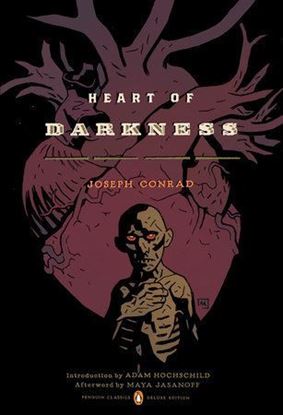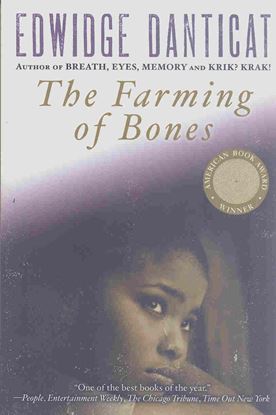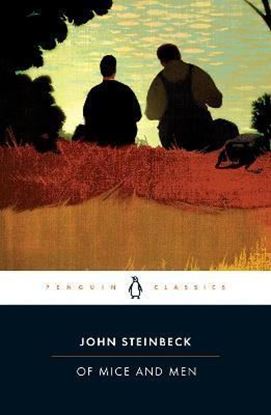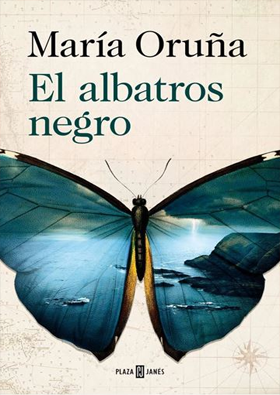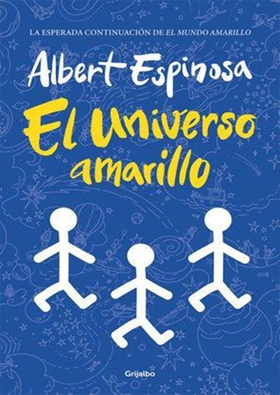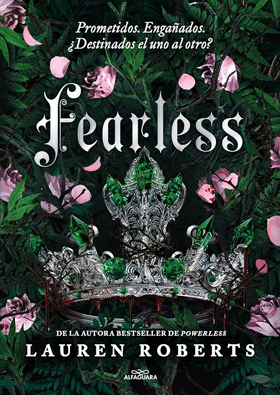

GO YOUR OWN WAY
Even in the best of times, it’s easy to lose your way. In this vividly illustrated journal, you’ll find support, inspiration, and thought-provoking questions to help you gain clarity and strength in the face of life’s challenges. Popular artist and author Meera Lee Patel brings together powerful quotes and insights that reframe the experience of being different in order to more fully embrace who we are and where we want to go next.
1,150
920
JUICIO Y SENTIMIENTO (TB)
«Ninguna de las dos tiene nada que decir; tú, porque no te comunicas, y yo, porque no escondo nada», le dice Marianne Dashwood a su hermana mayor Elinor en uno de los pasajes más célebres de Juicio y sentimiento (1811), la primera novela que consiguió publicar Jane Austen. Lo no dicho, el secreto deliberado o impuesto, la verdad oculta y la mentira, el pacto de silencio dictado por la lealtado la piedad, son en efecto los temas principales de esta novela que traza un cuadro tan hilarante como patético de las desventuras de dos hermanas casaderas, hijas de gentry pero apartadas -en su condición de muejeres- de la fortuna familiar.
1,150
920
HEART OF DARKNESS
Heart of Darkness is the thrilling tale of Marlow, a seaman and wanderer recounting his physical and psychological journey in search of the infamous ivory trader Kurtz. Traveling upriver into the heart of the African continent, he gradually becomes obsessed by this enigmatic, wraith-like figure. Marlow's discovery of how Kurtz has gained his position of power over the local people involves him in a radical questioning, not only of his own nature and values, but of those that underpin Western civilization itself.
1,150
920
OF MICE AND MEN
An unlikely pair, George and Lennie, two migrant workers in California during the Great Depression, grasp for their American Dream. They hustle work when they can, living a hand-to-mouth existence. For George and Lennie have a plan: to own an acre of land and a shack they can call their own. When they land jobs on a ranch in the Salinas Valley, the fulfillment of their dream seems to be within their grasp. But even George cannot guard Lennie from the provocations, nor predict the consequences of Lennie's unswerving obedience to the things George taught him.
1,150
920




